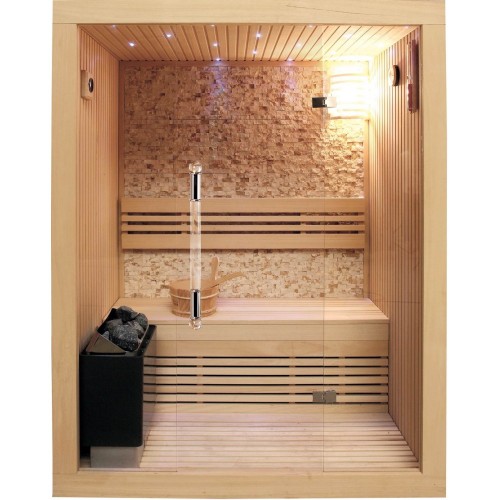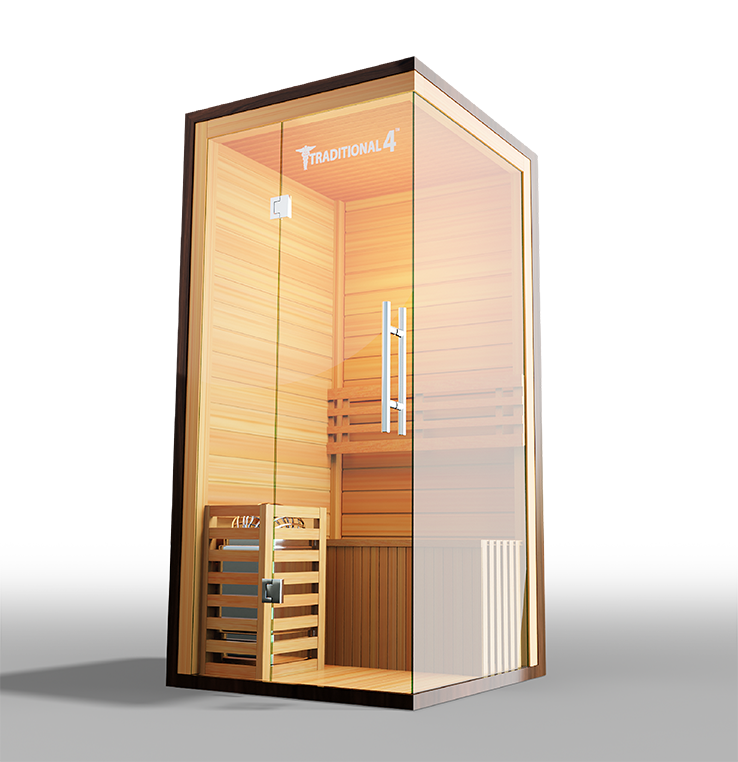Rumored Buzz on Traditional Sauna
Rumored Buzz on Traditional Sauna
Blog Article
The Basic Principles Of Traditional Sauna
Table of ContentsSome Known Questions About Traditional Sauna.The Best Strategy To Use For Traditional SaunaTraditional Sauna - The FactsMore About Traditional SaunaThe Main Principles Of Traditional Sauna
A lot of the weight shed in a sauna is water loss and is re-gained upon rehydrating. Nonetheless, undeniably sauna can be a vital part of a healthy and balanced weight reduction program. To look at the differences between traditional and IR saunas, I will certainly divide these into proven, theoretical, and produced distinctions.Hence, the best point in the saunawhich goes to the ceiling directly above the sauna heateris generally between 185 and 190 F. Claims that a standard sauna surpasses 200 F is just not true and not relevant for electric saunas offered in the United States. The temperature level for a far-infrared sauna is usually established between 120 and 140 F; however, unlike the traditional sauna, the objective in and IR space is not to achieve a heat.
As a result of this, the temperature distinction is almost pointless, since excessive sweating leads to both sauna kinds, yet the method of heating the body is various. In an IR sauna the bather will certainly really feel warm and will certainly sweat a lot, but at a lot lower temperature levels (Traditional Sauna). Hence, if the goal is to spend longer amount of times in the sauna, the IR sauna is a great option
When a conventional sauna has actually been properly heated, the sauna walls are cozy, the air temperature has achieved established temperature level and the rocks are super warmed. As an interesting side note, the warmed walls and the rocks are emitting far-infrared heat, integrated with the warmed air, to develop an "wrapping up heat".
Some Of Traditional Sauna

When the heat is attained, the aspects cycle on and off to keep the high temperature. The majority of standard sauna users appreciate pouring water over the rocks to produce heavy steam to increase sauna moisture degrees. The advantages of pouring water over the rocks include: making the area a lot more comfy, moistening the nasal passages, and enabling the usage of aromatherapy by blending essential oils with the water.

When the energy gets in the body, it creates the body temperature to boost and eventually results in sweating. In an infrared sauna it is necessary for the emitters/heaters to continue to be on virtually frequently. Since there is no mass of rocks to keep warmth, the sauna will certainly cool the original source if the emitters closed off.
As stated above, the sauna bather in an infrared space wishes to place himself before running emitters to obtain optimal take advantage of the warm. The home heating time for both areas can be really various, relying on just how the spaces have a peek here are used. For a typical sauna, a bather ought to enable 30-40 minutes for the space to attain a preferred temperature and to correctly pre-heat the rocks.
Little Known Facts About Traditional Sauna.
A well built sauna will usually achieve a temperature of 150-160 F in concerning 30-40 mins. For hotter temperatures, the room might need to heat for a longer period.

Conventional saunas often tend to be bigger (therefore utilize more electricity) than infrared saunas, although standard saunas are certainly offered in one and two person dimensions too. For a two-person conventional sauna, 5x6 or 5x7 dimension is most preferred. The top bench can comfortably seat 2 or 3 people and is also enough time to exist down during the sauna session.
Traditional Sauna Things To Know Before You Buy
The ordinary expense per kWH of electricity in the united state is around $0.11, so a 4.5 kW heater will cost approximately $.50 to run for one hour, if the heating unit runs continuously for one hour. Usually a sauna heater will run for 75% of the first hour and 50% of succeeding hours on since the components cycle once the established temperature level is attained.

There is a seldom reviewed distinction in the social experience in between the two spaces. While our society has lost some of the social benefit of the typical sauna experience, it can be very socially rewarding (Traditional Sauna). From household time in the sauna, to heart-felt discussions with loved ones, to sauna partiesthe traditional sauna experience can cause intimate mingling
A Biased View of Traditional Sauna
Many greater end infrared areas consist of tinted light treatment, sound systems and full-glass fronts.
Report this page